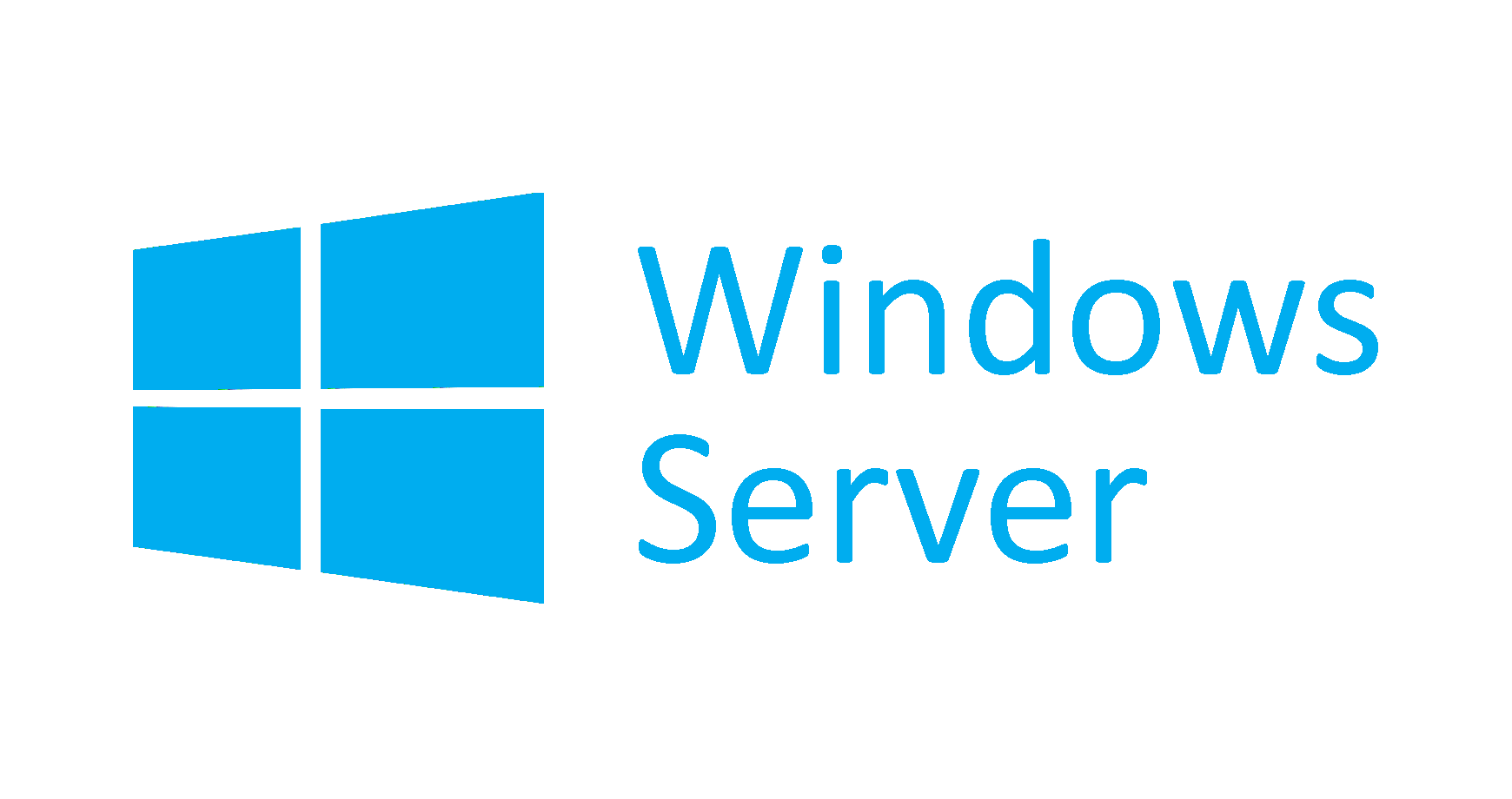
Many organization are exploring how they can take advantage of cloud-based services to enhance the functionality they provide to users. The first driver for moving to Office 365 is often email hosting with large mailboxes or simplified licensing for Microsoft Office, but Office 365 contains many other features that you can use. We can help you identify how to use additional features like Microsoft Teams (formerly Skype for Business), OneDrive, and SharePoint Online.
A move to cloud-based services in Office 365 can be a smooth experience when planned properly. One of the critical considerations is how users will authenticate. Most organizations want users to have the same username and password in Office 365. To implement this, we can help you prepare your local Active Directory for synchronization with Office 365.

